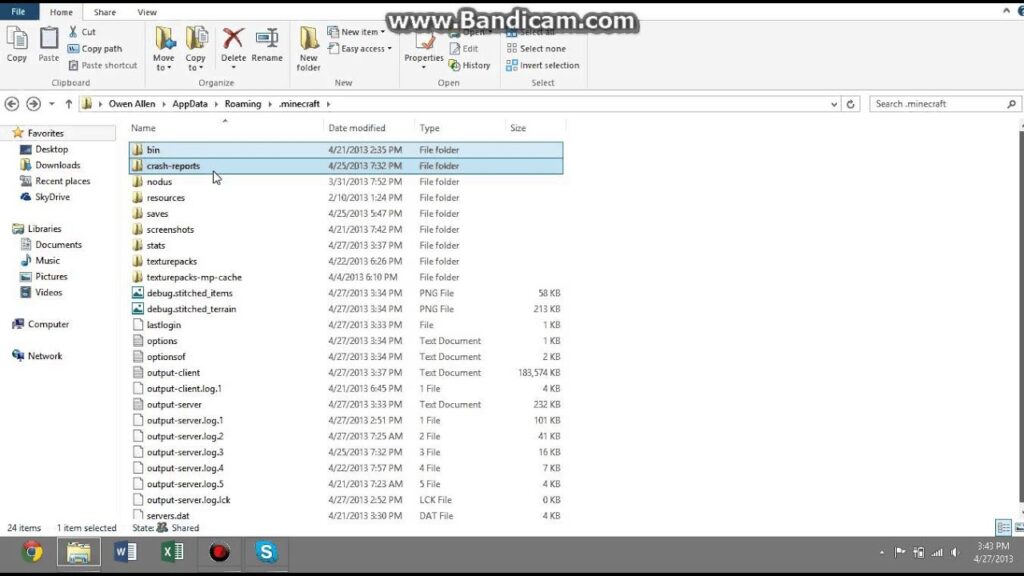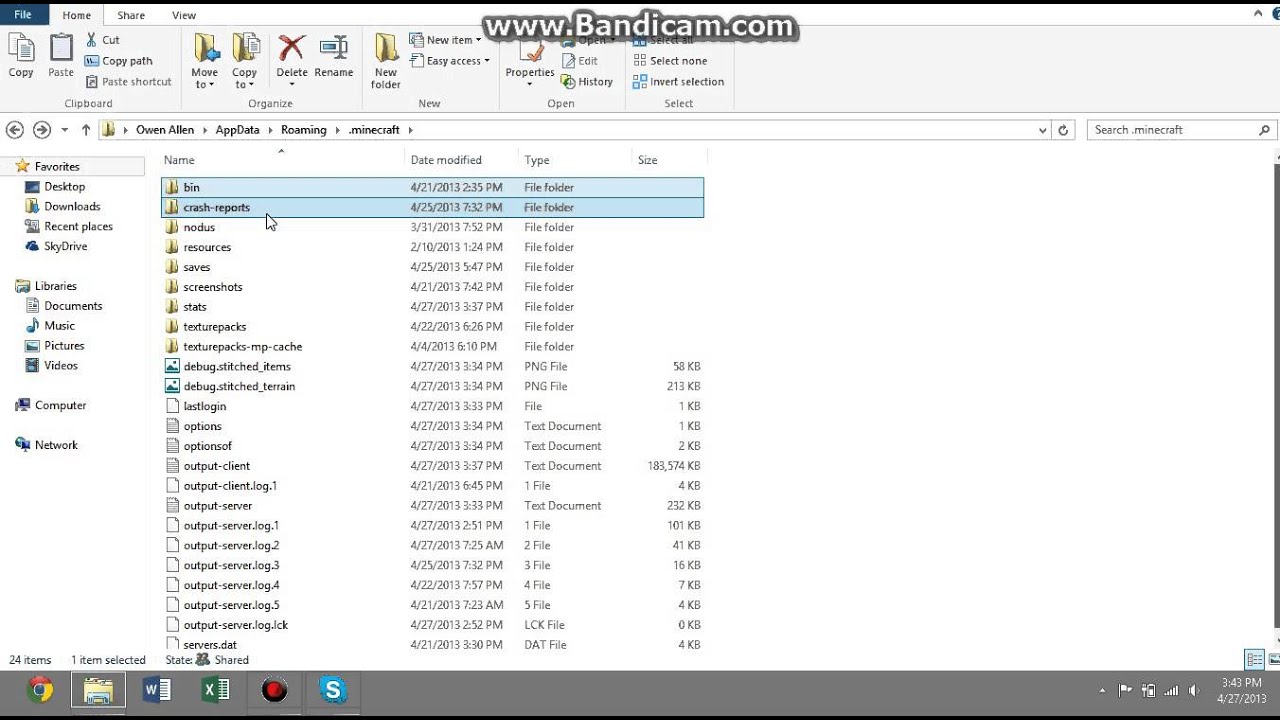
Where to Access the Forgematica AppData: A Comprehensive Guide
Understanding where to access the Forgematica AppData is crucial for troubleshooting, backing up configurations, or migrating your Forgematica installation. Forgematica, a powerful software solution, stores its application data in specific locations depending on the operating system. This guide provides a detailed walkthrough on how to locate the Forgematica AppData on various platforms, ensuring you can efficiently manage your Forgematica environment. Knowing where to find the Forgematica AppData allows for easier customization and management of your software, let’s dive into the specifics.
Understanding AppData and its Importance
AppData, short for application data, is a folder used by applications to store settings, temporary files, and other data necessary for the application to function correctly. Accessing this data can be useful for various purposes, including:
- Backup and Restore: Creating backups of your Forgematica AppData allows you to restore your configurations and settings if something goes wrong.
- Troubleshooting: Examining the AppData can help identify issues and resolve problems with Forgematica.
- Migration: When moving Forgematica to a new machine, you can transfer the AppData to maintain your settings and configurations.
- Customization: Modifying certain files within the AppData folder can allow for advanced customization of Forgematica.
Accessing Forgematica AppData on Windows
On Windows operating systems, the Forgematica AppData is typically located in the following directory:
C:UsersYourUsernameAppDataRoamingForgematica
Here’s a step-by-step guide on how to access it:
- Open File Explorer: Press the Windows key + E to open File Explorer.
- Enable Hidden Items: By default, the AppData folder is hidden. To view it, click on the “View” tab in File Explorer, and then check the “Hidden items” box in the “Show/hide” section.
- Navigate to the AppData Folder: You can either manually navigate to the directory mentioned above, replacing “YourUsername” with your actual Windows username, or you can type
%appdata%into the File Explorer address bar and press Enter. This shortcut will take you directly to the Roaming folder, where the Forgematica AppData resides. - Locate the Forgematica Folder: Once in the Roaming folder, find the folder named “Forgematica”. This is where the application stores its data.
Understanding the Contents of the Forgematica Folder
Inside the Forgematica folder, you will find various files and subfolders that contain different types of data. Common items include:
- Configuration Files: These files store settings related to your Forgematica installation.
- Log Files: These files contain records of Forgematica activity, which can be useful for troubleshooting.
- Temporary Files: These files are created and used by Forgematica during operation and may be deleted when no longer needed.
Accessing Forgematica AppData on macOS
On macOS, the Forgematica AppData is typically located in the following directory:
/Users/YourUsername/Library/Application Support/Forgematica
Here’s how to access it:
- Open Finder: Click on the Finder icon in the dock.
- Go to Folder: In the Finder menu, click on “Go” and then select “Go to Folder…” or press Command + Shift + G.
- Enter the Path: Type the path
~/Library/Application Support/Forgematicainto the dialog box and press Enter. Note that the tilde (~) represents your home directory. - Locate the Forgematica Folder: This will take you directly to the Forgematica folder within the Application Support directory.
Dealing with a Hidden Library Folder
If you cannot find the Library folder, it may be hidden by default. To make it visible, you can use the following steps:
- Open Finder: Click on the Finder icon in the dock.
- Go to Your Home Directory: Click on “Go” in the Finder menu and select “Home” or press Command + Shift + H.
- Show View Options: Press Command + J to open the View Options panel.
- Show Library Folder: Check the box labeled “Show Library Folder”. This will make the Library folder visible in your home directory.
Once the Library folder is visible, you can follow the steps above to access the Forgematica AppData.
Accessing Forgematica AppData on Linux
On Linux, the location of the Forgematica AppData can vary depending on the distribution and how Forgematica was installed. However, a common location is:
/home/YourUsername/.config/Forgematica
Or sometimes within a hidden application data directory:
/home/YourUsername/.local/share/Forgematica
Here’s how to access it:
- Open a Terminal: You can usually find the terminal in your applications menu.
- Navigate to the Directory: Use the
cdcommand to navigate to the directory where the Forgematica AppData is located. For example:
cd ~/.config/Forgematica
Or:
cd ~/.local/share/Forgematica
If the directory is hidden (starts with a dot), you may need to enable the display of hidden files in your file manager or use the ls -a command in the terminal to view it.
Understanding Dot Folders
In Linux, folders that begin with a dot (.) are considered hidden. To view these folders in your file manager, you typically need to enable the “Show Hidden Files” option. In the terminal, you can use the ls -a command to list all files and directories, including hidden ones.
Common Use Cases for Accessing Forgematica AppData
Knowing how to access the Forgematica AppData opens up several possibilities for managing and customizing your Forgematica installation. Here are some common use cases:
Backup and Restore
Regularly backing up your Forgematica AppData is a good practice to protect against data loss. To create a backup, simply copy the entire Forgematica folder to a safe location, such as an external hard drive or cloud storage. To restore your settings, copy the backed-up folder back to the original location.
Troubleshooting
If you encounter issues with Forgematica, examining the log files within the AppData folder can provide valuable insights. These files often contain error messages and other information that can help you diagnose and resolve problems. Consult Forgematica’s documentation or support resources for guidance on interpreting the log files.
Migration
When moving Forgematica to a new computer, you can transfer the AppData to maintain your settings and configurations. Simply copy the Forgematica folder from the old machine to the corresponding location on the new machine. This can save you time and effort by avoiding the need to reconfigure Forgematica from scratch.
Customization
Depending on the application, you may be able to customize certain aspects of Forgematica by modifying files within the AppData folder. However, proceed with caution when making changes, as incorrect modifications can cause instability or other issues. Always create a backup before making any changes, and consult Forgematica’s documentation for guidance.
Important Considerations
- Security: Be cautious when modifying files within the AppData folder, as incorrect changes can lead to instability or security vulnerabilities.
- Backup: Always create a backup of your Forgematica AppData before making any changes.
- Documentation: Refer to Forgematica’s documentation for specific instructions and guidance on managing the AppData.
- Permissions: Ensure you have the necessary permissions to access and modify the AppData folder.
Conclusion
Accessing the Forgematica AppData is essential for managing, troubleshooting, and customizing your Forgematica installation. By following the steps outlined in this guide, you can easily locate the AppData folder on Windows, macOS, and Linux, and leverage it for various purposes. Remember to exercise caution when making changes and always create backups to protect your data. Knowing where to access the Forgematica AppData empowers you to take control of your Forgematica environment and optimize it to your specific needs.
Understanding where to access the Forgematica AppData is a valuable skill for any Forgematica user. By following the instructions provided, you can easily locate and manage your application data, ensuring a smooth and efficient Forgematica experience.
[See also: Forgematica Configuration Best Practices]
[See also: Troubleshooting Common Forgematica Errors]

